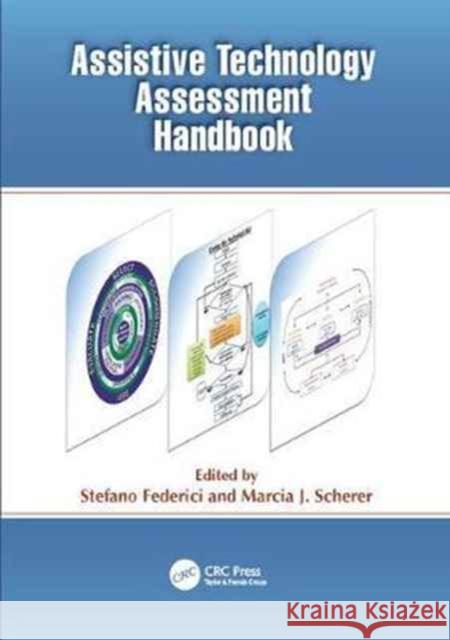Assistive Technology Assessment Handbook » książka
Assistive Technology Assessment Handbook
ISBN-13: 9781138076716 / Miękka / 2017 / 484 str.
Assistive Technology Assessment Handbook
ISBN-13: 9781138076716 / Miękka / 2017 / 484 str.
(netto: 384,72 VAT: 5%)
Najniższa cena z 30 dni: 377,75 zł
ok. 16-18 dni roboczych.
Darmowa dostawa!
Assistive technology plays a fundamental role in facilitating the social integration of people with physical, sensory, communication, and cognitive disabilities. This handbook presents the assessment tools that are essential in a center for technical aid, where multidisciplinary teams match the technology to the person who needs it. The book also describes the roles of members of the assessment team and reviews cutting-edge technologies for rehabilitation and independent living. Emphasizing the well-being of the person with disabilities, it proposes an ideal model of the assessment process and outlines how the model can be applied in practice internationally.
The process of matching a person who has a disability with the most appropriate assistive technology requires a series of assessments, typically administered by multidisciplinary teams at specialized centers for technical aid. Assistive Technology Assessment Handbook fills the need for a reference that helps assistive technology experts perform assessments that more effectively connect the person and the technology. Emphasizing the well-being of the individual with a disability, the book proposes an ideal model of the assistive technology assessment process and outlines how this model can be applied in practice internationally.
Organized into three parts, the handbook:
- Gives readers a toolkit for performing assessments
- Describes the roles of the assessment team members, among them the new profession of the psychotechnologist, who is skilled in understanding individuals and their psychosocial and technological needs and preferences
- Reviews cutting-edge technologies for rehabilitation and independent living, including brain–computer interfaces and microswitches
The book synthesizes information scattered throughout the international literature, focusing on aspects that are particularly representative or innovative. It also addresses the challenges posed by the variety of health and social care systems and the different ways that individuals who need aid are defined—are they users, patients, clients, or consumers, and how does that affect the assessment?
Edited by Stefano Federici and Marcia J. Scherer, internationally renowned leaders in the field of assistive technology assessment, this cross-cultural handbook includes contributions from leading experts across five continents. Guiding readers in matching the person and the appropriate assistive technology, it offers a framework for future practice and research.
Listen to Stefano Federici talk about the handbook.










